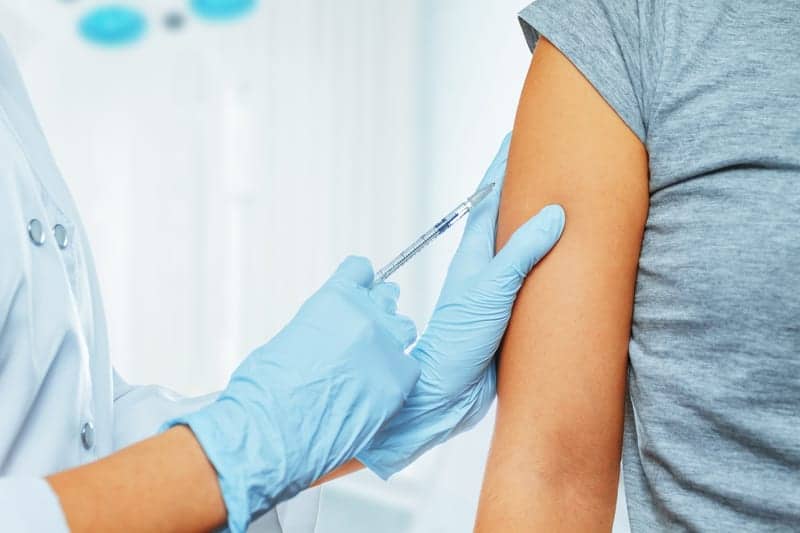A new analysis finds that the 2014-2015 influenza vaccine offered little protection against the predominant influenza A virus with just 6% vaccine effectiveness.
“The 2014-2015 season was characterized by the emergence of an A/H3N2 drifted virus that was associated with low [vaccine-effectiveness (VE)] in an early season estimate and an earlier-than-normal peak in influenza cases occurring in late December,” Richard K. Zimmerman, MD, MPH, professor in the department of family medicine and clinical epidemiology at the University of Pittsburgh School of Medicine, and colleagues wrote in Clinical Infectious Diseases. “Thus, the unpredictability of influenza epidemiology continues to necessitate effectiveness studies of available influenza vaccines in a range of population subgroups.”
Recent changes in influenza vaccine science have led to changes in its use, including an increased market share for quadrivalent influenza vaccine. Further, for the 2014-2015 season, the Advisory Committee on Immunization Practices stated a preference for live-attenuated influenza vaccine over inactivated influenza vaccine (IIV) in children — ACIP later reversed its position and stated that LAIV, offered as a nasal spray, should not be used in any setting. Because of these changes, as well as the disease’s unpredictability, researchers aimed to provide influenza VE estimates for influenza A and B, estimate VE in children aged 2 through 8 years by vaccine type, and identify trends and compare VE in trivalent vs. quadrivalent vaccine use.
They analyzed data gathered by the U.S. Flu VE Network on 9,311 patients aged 6 months or older seeking outpatient care for acute respiratory illness from November 2014 to April 2015. VE across age groups and vaccine types was examined using a test-negative design that compared the odds of vaccination among those with and without influenza, which was confirmed by reverse transcription PCR.
Regarding examined patients, 76% were negative for influenza, 19.8% were positive for influenza A, and 4.2% were positive for influenza B. Of those with influenza A, 99% were positive for A/H3N2, and of those with influenza B, 88% were B/Yamagata, 12% were B/Victoria and eight had no lineage identified.









